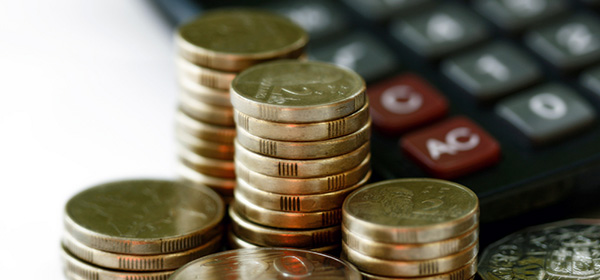Bracket creep is often cited as the single-most damaging financial aspect of the average income earner. Well, if you consider $80,000 to be an average income, relief is on its way.
Reducing personal income tax burden
From 1 July this year, the threshold at which individuals move into the second highest tax bracket of 37 per cent, will increase from $80,0000 to $87,0000.
This measure is expected to keep 500,000 Australians in the middle tax bracket for longer and has an associated cost of $4 billion over the forward estimates period until 2020.
Medicare levy threshold increase for low-income earners
Low-income earners will benefit from an increase in the Medicare level low-income thresholds from the 2015-16 financial year. In response to movement in the Consumer Price Index (CPI) the threshold will be increased so that those on lower incomes remain exempt from paying the Medicare levy.
|
Family situation |
Threshold |
|
Single |
$21,355 |
|
Couples |
$36,001 |
|
Single seniors and pensioners |
$33,738 |
|
Couple seniors and pensioners |
$46,966 |
This measure has expected associated costs of $280 million over the forward estimates period until 2020.
Do you think $80,000 is an average income? Should more be done for those on lower incomes?
Related articles:
Budget 2016/17: Kaye asks “Is that all there is?”
Budget 2016/17: Super changes for high income earners
Budget 2016/17: Targeted welfare safety net
Budget 2016/17: Crackdown on multinational tax avoidance
Budget 2016/17: How will the new tax changes affect the individual?
Budget 2016/17: Government to invest a record $50 billion on infrastructure
Budget 2016/17: Scott Morrison on a fairer super system
Budget 2016/17: Making super fairer and sustainable
Budget 2016/17: What’s in it for retirees?

